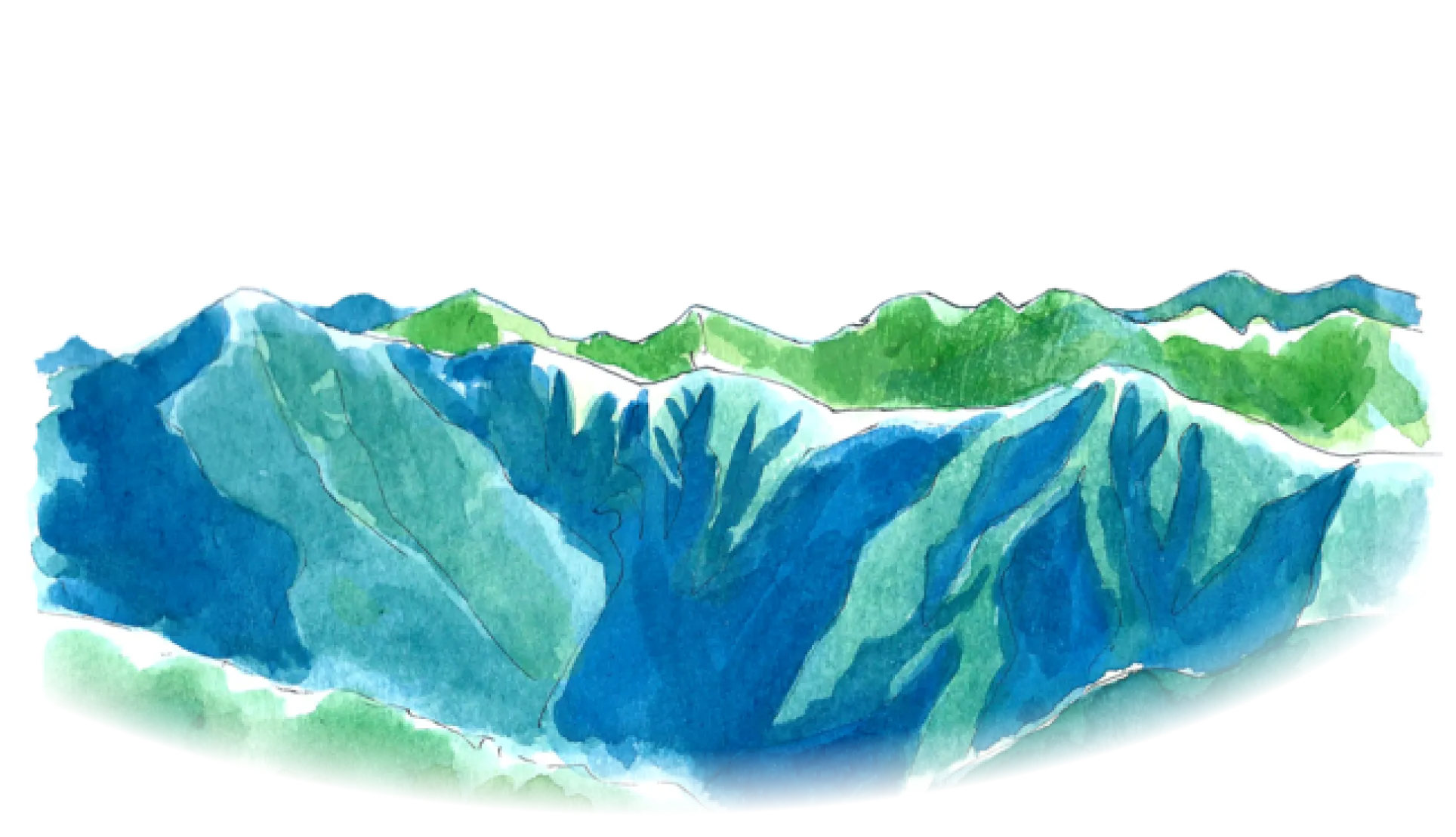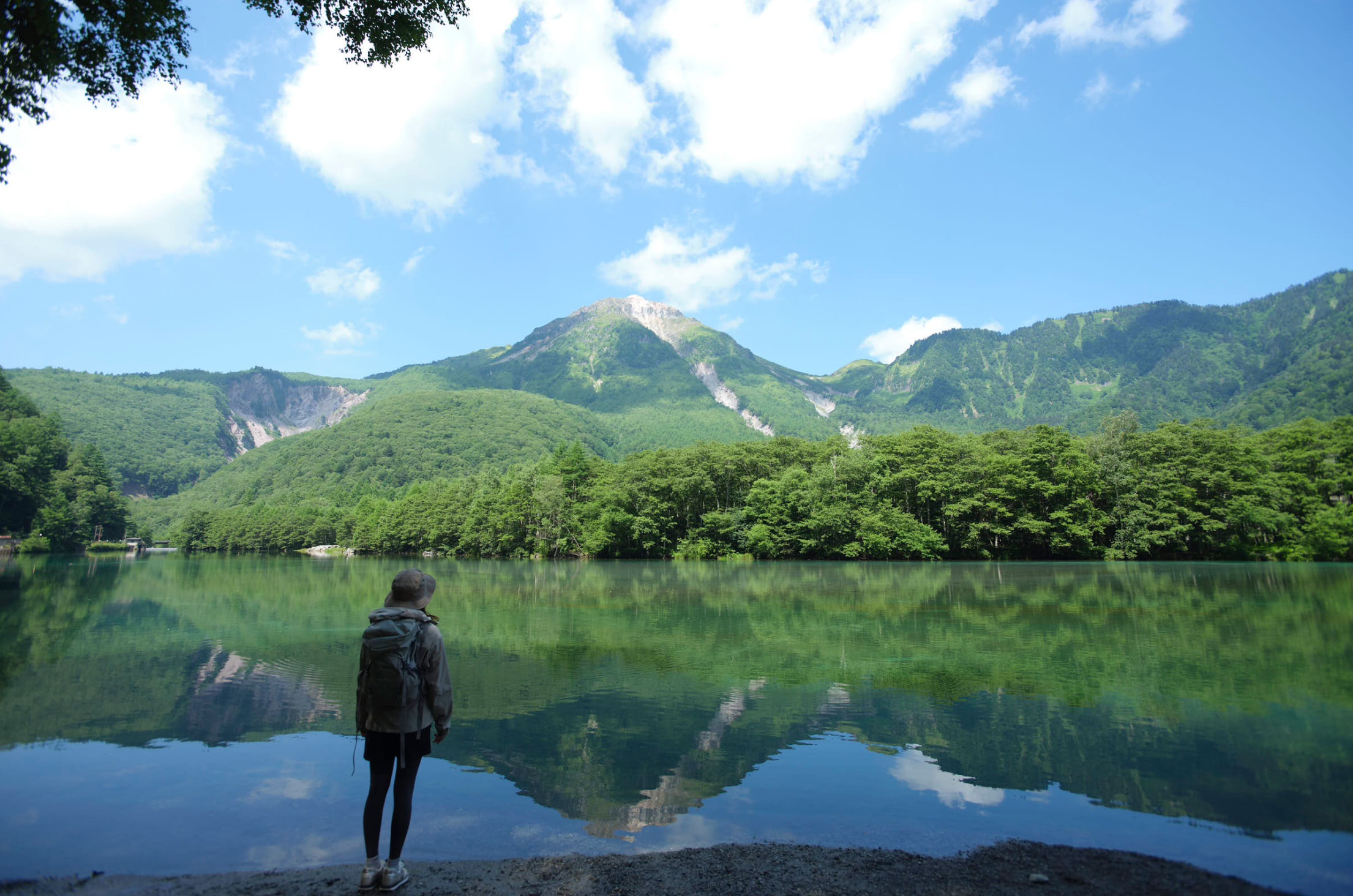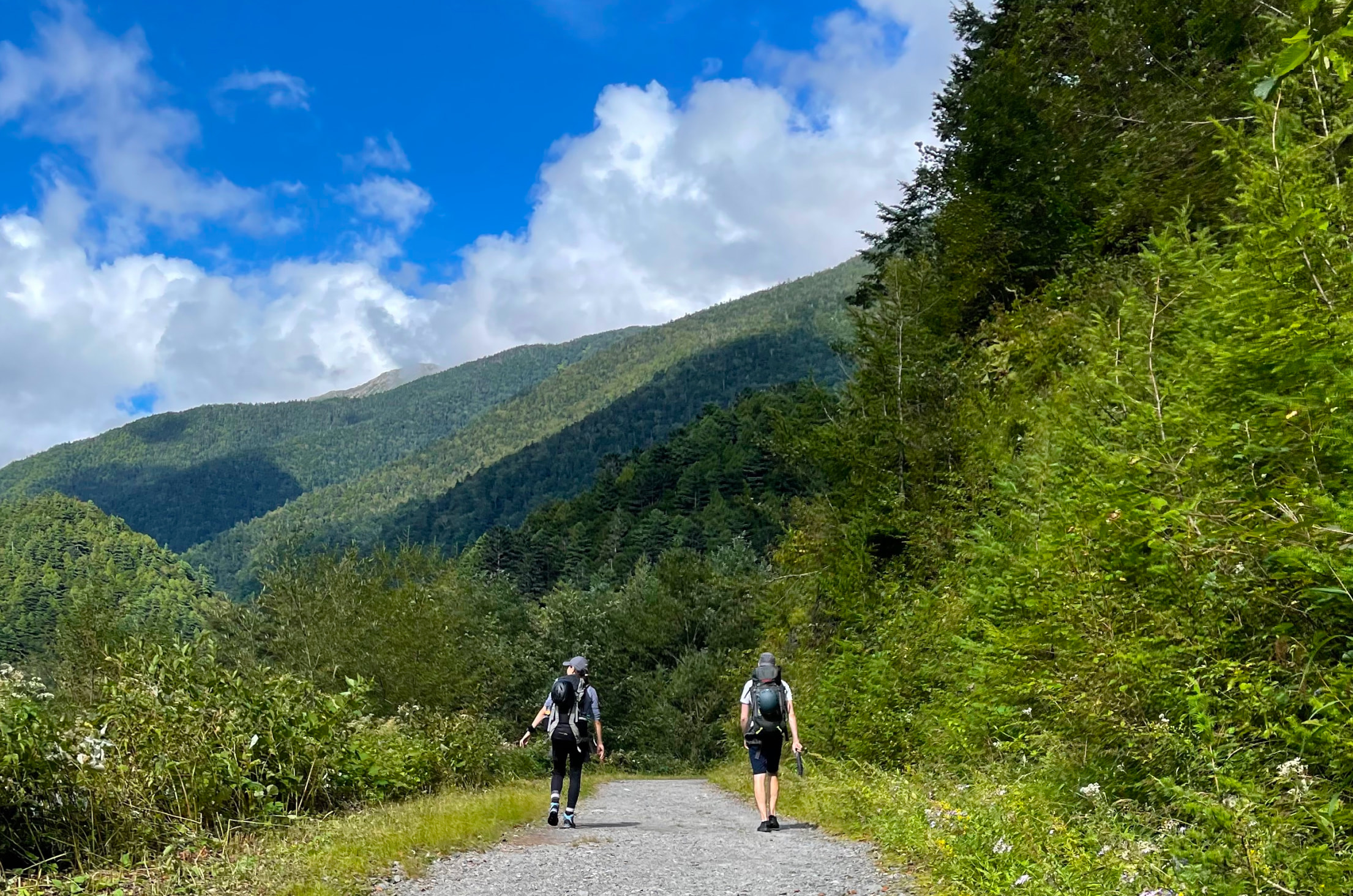
Public Relations Magazine「MT Press」 Vol. 9
2025.12.26
Matsumoto, ShinshuTakayama, Hida
Matsumoto, ShinshuTakayama, Hida
Shinshu, Matsumoto -
Hida, Takayama Trip
Forging the Future of
the Kita Alps Traverse Route,
Between Travelers and Residents

The Kita Alps Traverse Route runs between two cities east to west in a straight line for
approximately 80 km with an elevation difference of about 2,400m, taking travelers through the
extraordinary nature of the Northern Alps and its history and culture nurtured by the people who
call it home.
There is so much to see and do: from the 3,000m class, high Yarigatake and Hotaka mountain ranges
to
the highlands, including Kamikochi and Norikura Kogen; hot springs such as Shirahone Onsen and
Okuhida Onsenkyo; historical sites such as Matsumoto Castle; and the Takayama townscape at the
foot
of the mountain.
As you interact with the people, you will learn about the history of the Japanese people’s
symbiosis
with nature and discover the secrets to an enriched and unique way of life. We are committed to
preserving our homeland of the Kita Alps Traverse Route as an incredible travel destination and
protecting our future society and environment with its visitors.
Promise and Challenge
Creating a Walking Travel Destination
for Inquisitive Minds
The Kita Alps Traverse Route is one of the highest elevations in Japan and the birthplace of
Japanese alpinism. As the dividing line of Japan’s east and west, it has a diverse history and
culture born from the intermingling of humans and nature. We are proud of this.
We hope to continue to be a place that travelers can make new discoveries, experiences, and
surprises and unleash their inner explorer wherever and whenever they go. Our culture emanates
from reverence for nature, and living close to the four seasons, the steep mountains and their
bounty.
While preserving this culture, we will continue to change with the times and create new
attractions with everyone involved with the Kita Alps Traverse Route.


good cycle 01
The natural resources of the Northern Alps, such as the forests, hot springs, and water play
a major role in the development of the two cities of Matsumoto and Takayama.
Economic activity generated by people staying in the town, experiencing the culture, and
enjoying nature help fund efforts to preserve the surrounding beauty.
We hope visitors to the area will care for it and envision its future with us. We will
continue this cycle to ensure a sustainable Kita Alps Traverse Route.

good cycle 02
When you buy travel goods on this platform, a portion of the purchase price is returned to
you in coupons. The coupons can be received as local currency that you decide how you
spend.
For example, they can be used to save money when taking a guided nature tour or eating local
food in the Kita Alps Traverse Route area. You can also use them to support the area’s
nature and environment conservation activities or pass them forward as a gift to a future
traveler. This is one of the services we offer to make your stay more enriching.
To receive the coupons through local currency, ALPSCITY pay
Location and Route
The "Kita Alps Traverse Route" travelers the Matsumoto~Takayama area. You can visit 3000m mountains and two metropolitan areas within an 80km radius.

Various tours and contents around the Kita Alps Traverse Route

Breathtaking Nature. A Cultural Journey of Water and Taste
See more

Breathtaking Nature. Positive Change your own mind.
See more

Breathtaking Nature. Positive Change your own mind.
See more

Experience of Japanese Mountain Culture
See more

Climbing, Mountain Lodge, Onsen, Life and Culture
See more

STORY
The Northern Alps Traverse Route, the backstory of its charm
Breathtaking nature. Endless adventures in the Alps.